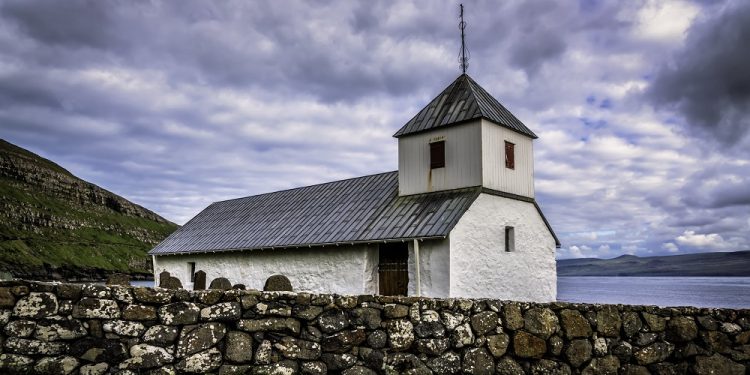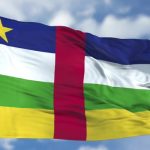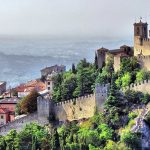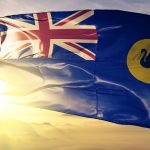
St. Olav’s Eve
Observed annually as a public holiday in the Faroe Islands on the 29th of July, St. Olav’s Day commemorates King Olav II, the king who brought Christianity to the islands. Also known as Ólavsøka, this day is a day off for the general population, and most businesses, schools, and banks are closed.
Many people in the Faroe Islands celebrate not only this day as a holiday but also St. Olav’s Eve — a holiday known as Ólavsøkuaftan in the islands. Both days are celebrated with parades, festivals, and other joyous events.
The History of St. Olav’s Day
From 1015 to 1028, Olaf II Haraldsson was the King of Norway. He died during the Battle at Stiklestad in Norway and was subsequently buried. He was canonized, and shortly after his burial, Nidaros Cathedral in Trondheim was built over his burial site. Pilgrims from all over the world came to the cathedral, which encouraged the adoption of Christianity across Norway.
St. Olav became the patron saint of Norway. His feast day was a major festival up to the Reformation. Although festivities other than religious services are not commonly held in Norway, in the Faroe Islands, these festivities remain an important part of the summer festival.
Observing St. Olav’s Day
This holiday is a two-day celebration known as Ólavsøka, which means “Saint Olav’s Wake.” Over these two days, there are political speeches, sporting events, parades, music, and dancing. There is also usually a considerable amount of drinking. The holiday ends at midnight on the 29th of July, and crowds gather in public to enjoy Faroese folk songs and participate in the traditional Faroese chain dance.








